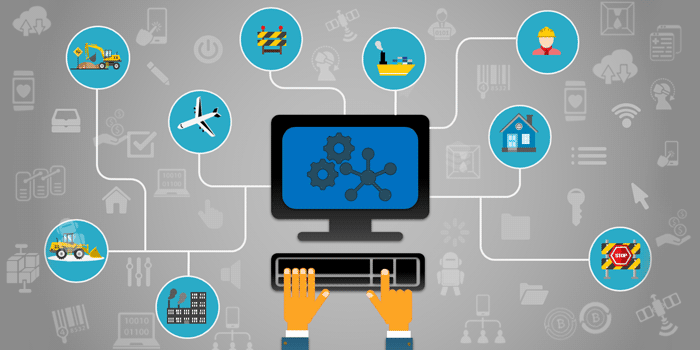Business process management (BPM) software is often associated with the enterprise’s back office, where it is used to process more traditional information such as leave requests, purchase orders and other similar office-bound processes.
However, says Denis Bensch, CIO of FlowCentric Technologies, future-focused organisations are now realising that it is possible to take BPM out of the back office, and that doing so offers a business many new benefits.
“There is no doubt that the advent of technologies like the Internet of Things (IoT), artificial intelligence (AI) and the cloud are providing us with an opportunity to breathe life into the BPM space and enable organisations to continuously improve their services,” he explains. “Remember that innovation is not necessarily about developing new gadgets. It is often about taking existing technologies, and business concepts, and putting these together in a new way. Uber is a classic example of this, as the business took an industry that had been around for centuries and a technology that had been around for decades and applied a new way of thinking to them. Uber’s innovation has done more than disrupt the traditional businesses in this space, it has shaken them to their core.”
At the centre of any good BPM solution, he continues, is a software engine that is optimised to drive each process from the beginning of a task, through to the end of the process, thereby closing off the loop. Essentially what the software does, is that once a task is started, the relevant people are notified and prompted to act, if this action does not occur within a certain period, then the task is escalated. Effectively, he says, it ensures that the work that needs to be done is done, complete with audit trails and automatic escalations.
“Now think about integrating a solution like this with IoT or mobility – your organisation will not only be able to initiate tasks that it couldn’t before, but by pushing tasks and notifications to mobile devices, it means that your employees can be anywhere in the world and still do the work allocated to them.”
“The beauty of BPM software in this scenario is that it is completely scalable. Unlike using an application such as WhatsApp to coordinate your technicians in the field, it can handle however many employees there are, initiate specific processes without requiring back and forth communication, and still offer a complete audit trail of the communication.”
Another good example here, he adds, are processes built to make use of the data provided by IoT sensors and aggregated in the cloud. With BPM integrated into this data source, a sensor monitoring something like a generator can determine that the fuel is low, and the BPM system can automatically allocate the task to the employee designated to do the refuelling. The system is also able to monitor and ensure that the task has been completed and record when the job was finalised, to maintain a full audit trail.
“Think of the value this symbiosis can have in terms of maintaining your company’s SLAs with its clients. And this is just one example of how BPM can be used outside the back office to improve your organisation’s services, productivity, and efficiency.
With BPM firmly stepping out of the back office, organisations that are looking to create innovative solutions within their business should certainly consider using a BPM platform as the foundation on which to build such innovation,” concludes Bensch.
---^---
If you enjoyed this article you may like:
Digital Transformation Strategy - Is BPM the difference between success and failure?
Is Technology Enabled Collaboration Critical to Business Growth?
Task Management: Tips to Stop Procrastinating


